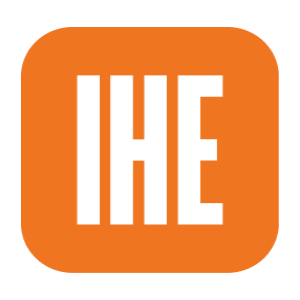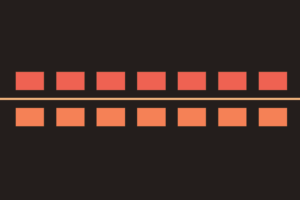
Thinking About AI’s Threat to the Writing Process
I will never forget the student who—upon being given 15 minutes at the end of class to get rolling on the writing assignment I’d just given—whipped out their phone and starting furiously typing away.
At first, I thought this was an act of defiance, a deliberate wasting of time I’d been generous enough to provide following a carefully constructed discussion activity that was meant to give students sufficient kindling to get the flames of the first draft flickering to life.
I said something about maybe texting people later and the student said that they were working on their draft, that they, in fact, first wrote everything on their phone. Not wanting to make a fuss in the moment, I shut up about it, but a week or so later in an individual conference I asked the student about their method, and they showed me the reams and reams of text in their phone’s Notes app.
The phone itself was a fright, the screen cracked, a particularly dense web of fractures at the bottom, but when I asked the student to show me how they used the app for writing, it became clear that they could type at a speed comparable or better to the average student on a computer keyboard.
I’d been teaching the writing process for my entire career, talking students through the steps and sequence to producing a satisfactory piece of work—prewriting, drafting, revision, editing, proofreading—with more detailed dives into each of those stages, but until that incident I didn’t fully appreciate that I shouldn’t be teaching the writing process per se, I should be giving students the kinds of challenges that allowed them to develop their own writing processes.
As I considered this distinction, I realized how truly idiosyncratic my own process is and how different it can be depending on the occasion and situation. An outside observer looking at how I put together a column or book or proposal would see all manner of inefficiency and declare my method … madness.
But the key thing about my method is that it’s mine, and I think I have sufficient proof that it works. It may continue to evolve over time, which I suppose we could equate with improvement, but it’s really just different.
My student’s strategy was rooted in resource constraints, both time and money. Typing on the phone had started as a way to get stuff done during brief in-between times when working as a bicycle delivery person for one of the downtown-Charleston sandwich shops. They’d capture a draft on the phone on the fly and then transfer it to a computer for further development. The phone text had notes like “put thing from that thing here” as place markers for sources or evidence.
I realized that this method required the student to fundamentally work from a place of their own thoughts and ideas, something that was actually at odds with some of their first-year writing classmates who had been conditioned to defer to their readings, seeing their job as students to prove that they’d read and (generally) understood the content, rather than building on that content with ideas of their own, as I’d been asking them to do.
At the time of the conference, the student didn’t even have a computer, having had theirs stolen and not having sufficient funds at the time to immediately replace it. The student had been using the terminals in the library computer lab for the nonphone work.
This conference also revealed the reason for the rather up-and-down nature of this student’s work that semester. This was a clearly curious and driven person who had a number of extra challenges at simply completing the work of college. The assignment we were working on at the time, an alternate history analysis where students had to take a past event, change some aspect of it and imagine a different future, was probably the most challenging experience of the semester, but according to my archives at least, it proved to be this student’s best work.
Writing the initial draft untethered from any sources or even being able to easily move between information online and the text on the screen required the student to think creatively and analytically in ways that unlocked interesting insights into their choice of subject. Because of fate and circumstance, and without me really planning it, this student was getting a high-level experience in how to harness their own mind.
I started thinking more deeply about the intersection between the affordances of the tools and the writing process. One of the biggest shifts in my method over the years was when I acquired an external monitor that allowed me to see two full pages of text simultaneously on screen. This was something I’d longed for for years but resisted because I’m cheap. I now have a hard time working without it.
This incident happened as I was also experimenting with approaches to alternative grading, so it became a natural fit to start asking students to reflect more purposefully on the literal mechanics of their writing process so they could identify missing needs that they might be able to fulfill.
At the time I hadn’t yet come up with my framework of the writer’s practice, but now I can see how integral asking students to be this mindful about their own process can be to the development of a practice.
It’s also a good route for introducing mindfulness into the choices they may make when it comes to using generative AI tools. If they understand their labor and its meaning, they will have the capacity to assess how using the tool may enhance or—what I think is more likely—distort their process. It is also a reminder to us to design challenges that encourage the kind of labor we want students to be doing.
Before we retreat to old technology that dodges these challenges, like blue books, I think we could do a lot of good by really leaning in to helping students see writing as an experience that will differ based on their unique intelligences, and that if they pay attention, if what they are doing matters, they can come to know themselves a bit better.
Source link



